Innovative Insulation Techniques for Sustainable Homes
3 January 2025
Who doesn’t want a home that’s cozy in winter, cool in summer, and gentle on the planet? If you’re building, renovating, or looking to make your current space more energy-efficient, insulation plays a massive role in creating a sustainable home. But let’s not settle for the traditional—innovative insulation techniques are stealing the spotlight and proving that going green doesn’t mean skimping on comfort.
In this article, we’ll dive into some of the groundbreaking insulation options that are shaking up the real estate world. From natural materials to high-tech solutions, these ideas promise to make your home more energy-efficient, eco-friendly, and downright futuristic. 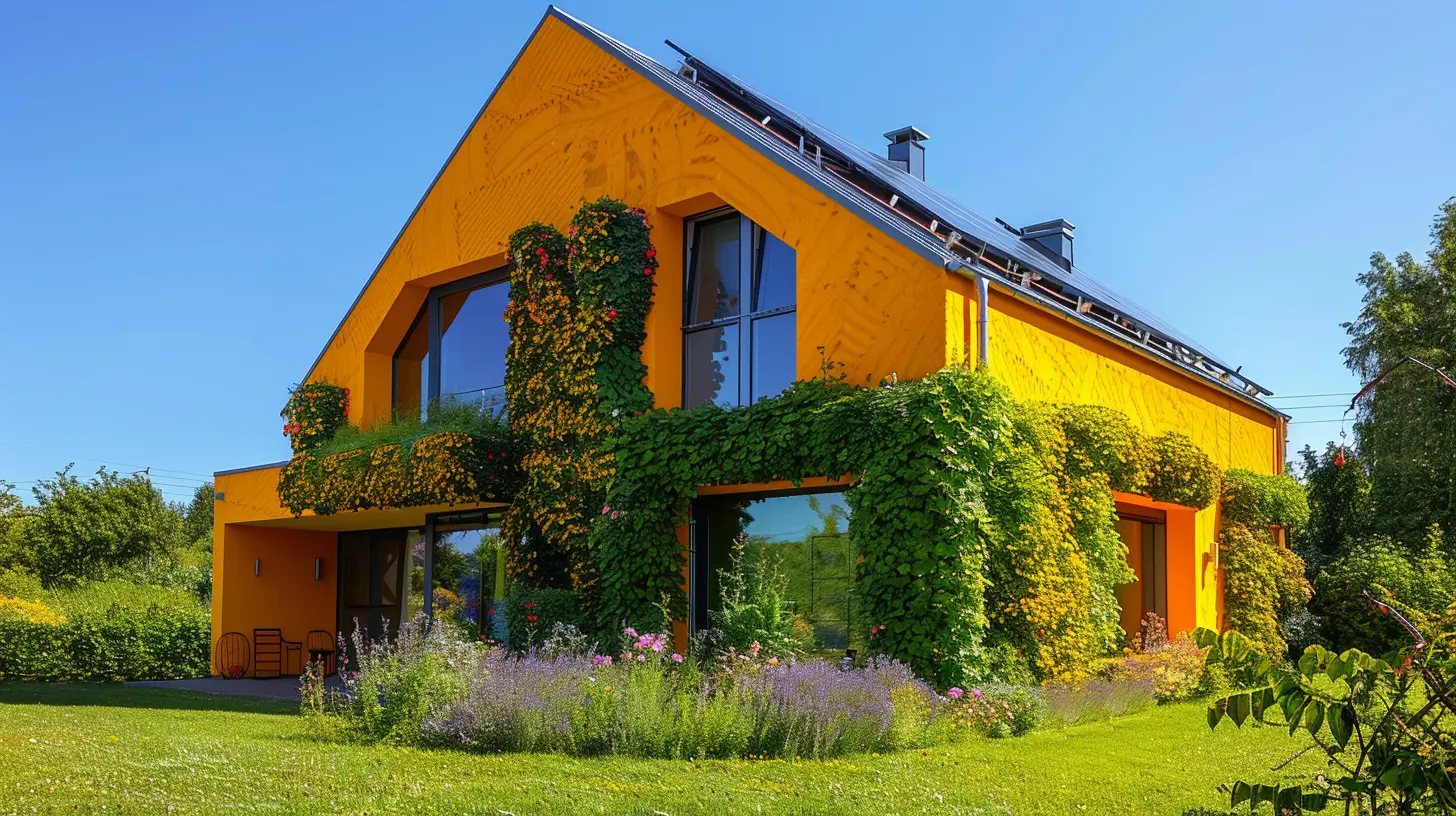
Why Insulation Matters for Sustainable Living
Before we jump into the cool stuff, let’s quickly talk about why insulation is a big deal. Think of your house like a thermos. The better its insulation, the less energy you’ll need to keep things comfortable inside. Proper insulation can:- Cut down your energy bills (who doesn’t love saving money?).
- Reduce your carbon footprint (because Mother Earth could use a helping hand).
- Boost your home’s resale value (hello, eco-conscious buyers!).
With climate change making extreme temperatures more common, insulation has become one of the best ways to future-proof your home. Traditional methods like fiberglass still work, but the real game-changers are the innovative techniques that combine efficiency with sustainability. 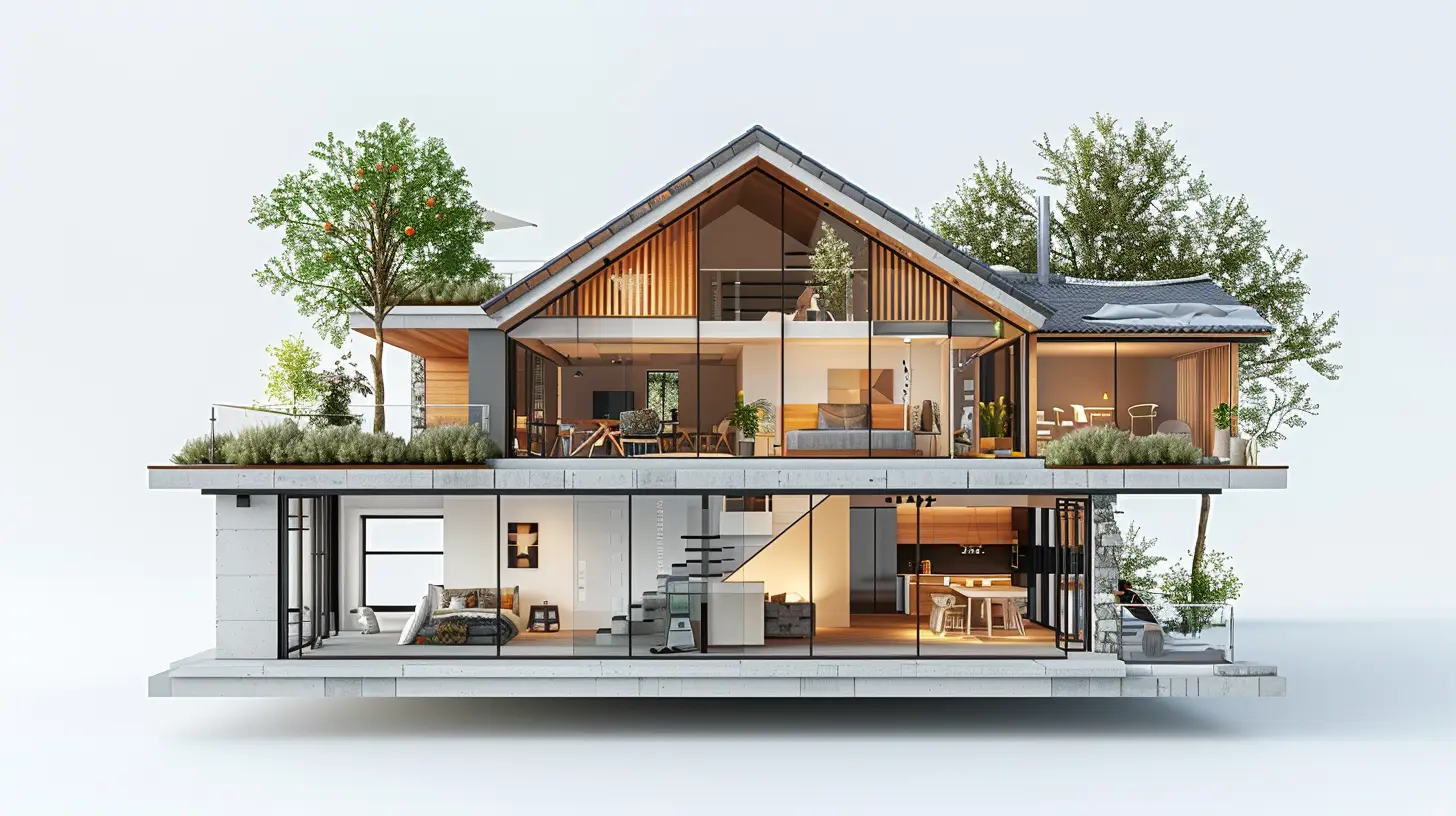
1. Sheep’s Wool Insulation: Nature’s Cozy Blanket
Yep, you read that right—sheep’s wool! This all-natural material is a fantastic insulator, and no, it doesn’t smell like a barnyard. Wool is breathable, which means it can regulate moisture and prevent mold growth, making it ideal for humid climates.What’s so great about it?
- Wool absorbs and releases moisture without losing its insulation properties.
- It’s naturally fire-resistant (bonus!).
- It’s biodegradable and renewable, so it scores major eco-points.
Imagine wrapping your home in a fluffy wool sweater—doesn’t that sound cozy? 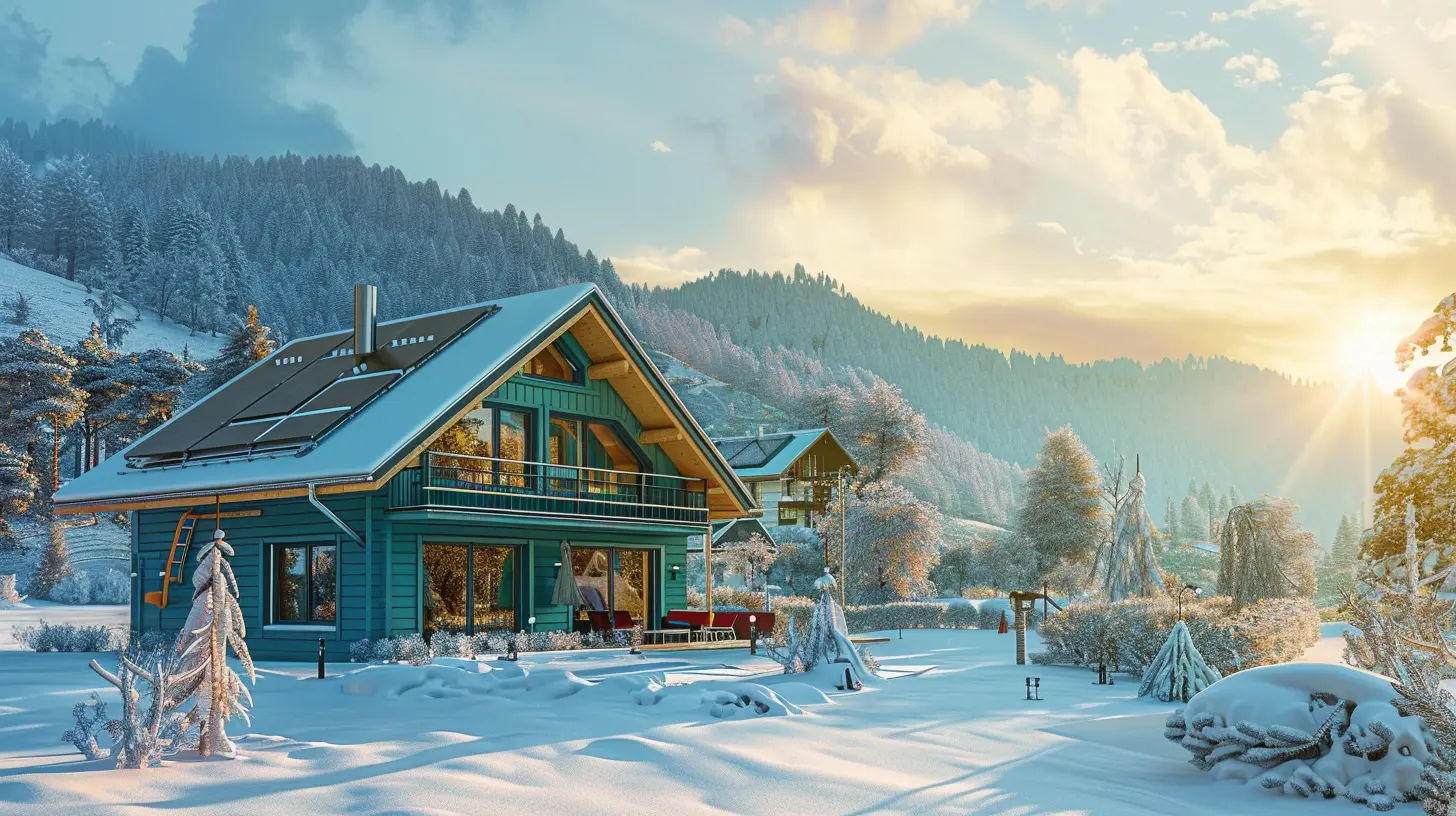
2. Aerogel: The Space-Age Miracle Material
Aerogel is like the superhero of insulation materials. This ultra-lightweight, almost ghost-like substance was originally used by NASA for space missions. Now, it’s finding its way into sustainable homes, and for a good reason.Why is it so cool?
- Aerogel has amazing thermal resistance—just a thin layer can do wonders.
- It’s extremely durable, lasting decades without breaking down.
- Because it’s so efficient, you can use less material compared to conventional insulation.
Think of aerogel as the insulation equivalent of a high-tech gadget. Sure, it’s a bit pricier, but its benefits are out of this world (pun intended). 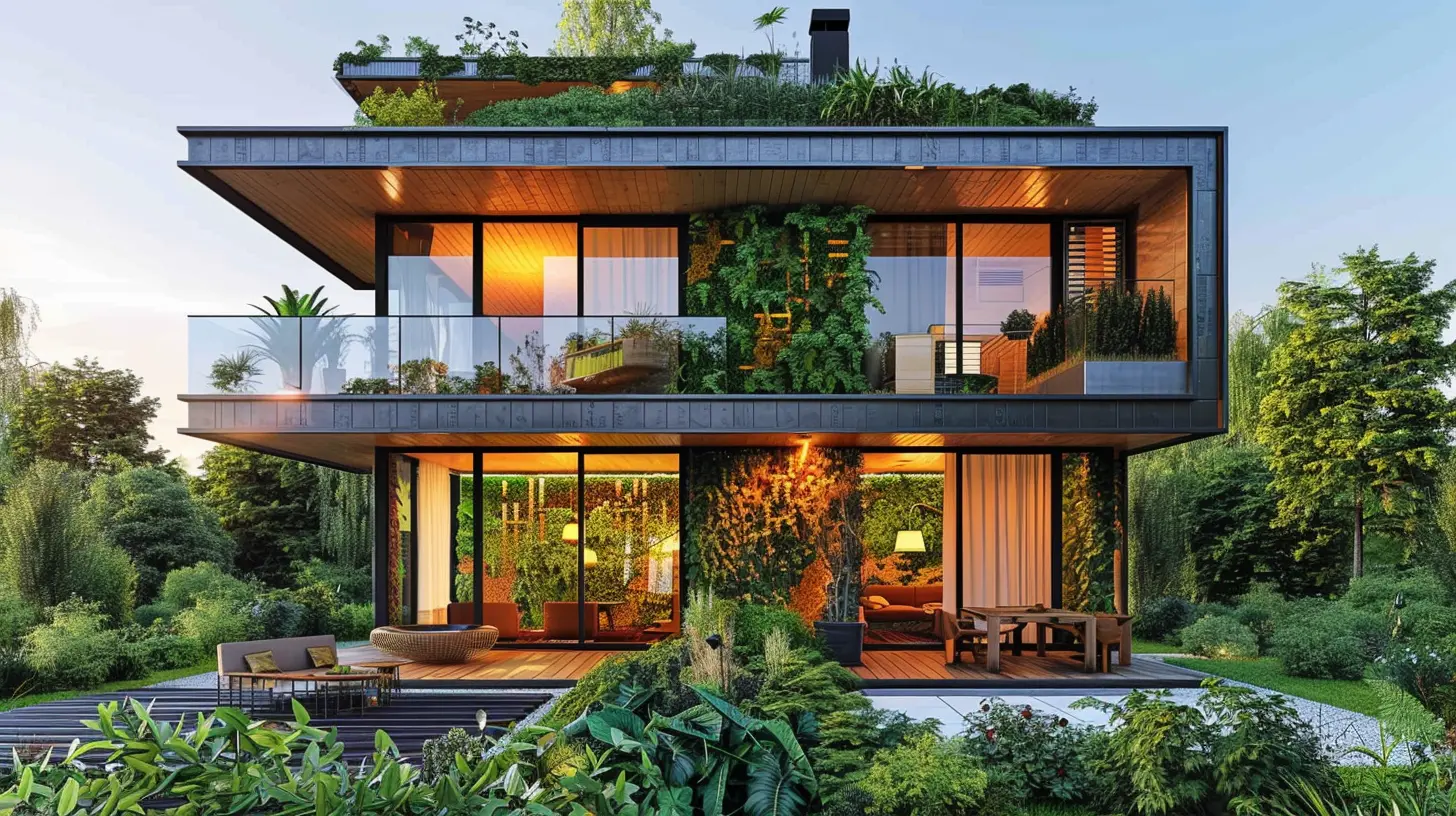
3. Recycled Denim Insulation: Jeans That Keep You Warm
Who knew your old pair of jeans could find a second life keeping your home warm? Recycled denim insulation is made from cotton fibers, often upcycled from discarded denim. It’s soft, non-toxic, and incredibly effective.Here’s why it’s worth considering:
- Cotton is fantastic at trapping heat, making it a reliable insulator.
- It’s safe to handle—no protective gear needed (unlike fiberglass).
- It reduces landfill waste, giving materials a second chance at life.
So, next time you hear the phrase "blue jeans," think walls instead of wardrobe!
4. Hempcrete: The All-Rounder Material
Hemp isn’t just for making rope or CBD oil; it’s also a powerhouse in the construction world. Hempcrete, a mix of hemp fibers, lime, and water, is gaining ground as an alternative insulation material.Why should you care about hempcrete?
- It’s breathable, which means it naturally regulates humidity.
- It’s carbon-negative—hemp absorbs more CO2 than it emits during production.
- It doubles as both an insulator and a building material.
Using hempcrete is like putting your home on an eco-friendly diet: strong, healthy, and better for the environment.
5. Vacuum Insulated Panels (VIPs): The Skinny Insulation
If you’re tight on space but still want top-notch insulation, Vacuum Insulated Panels (VIPs) are your answer. These panels are super-thin yet incredibly effective at reducing heat transfer.Why are VIPs a big deal?
- They’re up to 10 times more efficient than traditional insulation materials.
- Their slim profile makes them perfect for retrofits in tight spaces.
- They work well in both walls and floors.
Think of VIPs as the insulation equivalent of a luxury sports car—sleek, powerful, and worth the investment.
6. Straw Bale Insulation: The Farmhouse Classic
Straw may seem old-school, but don’t underestimate it. When packed tightly, straw bales offer impressive insulating properties. This method is perfect if you’re building a home from scratch and want something that’s as rustic as it is resourceful.Why go with straw bales?
- Straw is a renewable and low-cost material.
- It offers excellent thermal insulation, keeping your home toasty in winter and cool in summer.
- It’s fully biodegradable, reducing construction waste.
Insulating your home with straw is like giving it a warm hug from nature herself.
7. Cork Insulation: Lightweight and Sustainable
Cork isn’t just for wine bottles. This lightweight, renewable material is a fantastic option for insulation. Harvested from cork oak trees, it’s not only eco-friendly but also incredibly versatile.Why is cork worth your attention?
- It’s naturally resistant to water, mold, and pests.
- Its unique cellular structure traps air, making it an excellent insulator.
- Cork production is sustainable—trees aren’t cut down to harvest the bark.
Picture your walls sipping a glass of fine wine—that’s the kind of sophistication cork insulation brings.
8. Mycelium Insulation: Mushrooms to the Rescue
Mycelium, the root structure of mushrooms, might be one of the most futuristic insulation options out there. This bio-based material is grown (yes, grown!) and can be shaped into panels or blocks.Why is mycelium amazing?
- It’s completely biodegradable and compostable.
- It’s fire-resistant and has impressive thermal properties.
- Producing mycelium requires minimal energy, making it ultra-sustainable.
Using mycelium is like inviting nature’s engineers to design your home’s insulation—it’s as innovative as it gets.
9. Spray Foam Insulation with Eco-Friendly Twists
Spray foam has been around for a while, but now there are eco-friendly versions made from renewable materials like soy or castor oil. These high-performance sprays expand to fill every nook and cranny, ensuring no heat escapes.Why go for it?
- It seals even the tiniest gaps, boosting energy efficiency.
- The greener versions have lower environmental impact compared to traditional spray foams.
- It works well for hard-to-reach spaces like attics and crawlspaces.
Think of spray foam as the Swiss Army knife of insulation—versatile, effective, and now, greener than ever.
10. Phase Change Materials (PCMs): The Temperature Whisperers
Phase Change Materials are like the James Bond of insulation—they’re sleek, high-tech, and all about controlling the climate. PCMs absorb and store heat when it’s warm and release it when it gets cold, keeping your home at the perfect temperature.What makes them special?
- They reduce the need for heating and cooling systems.
- PCMs are often incorporated into drywall or plaster for a seamless look.
- They’re ideal for fluctuating climates.
Using PCMs is like having an invisible thermostat embedded in your walls—pretty genius, right?
Final Thoughts
Insulating your home sustainably doesn’t mean sacrificing comfort or style—it’s all about choosing materials and techniques that work for both you and the planet. Whether you’re drawn to natural options like wool and straw or tech-savvy solutions like aerogel and PCMs, there’s something out there that fits your needs.What’s the best part? These innovative insulation techniques aren’t just good for the environment—they’re also good for your wallet in the long run. So, go ahead and wrap your home in some eco-friendly love. Your future self (and the planet) will thank you.
all images in this post were generated using AI tools
Category:
Green HomesAuthor:

Lydia Hodge
Discussion
rate this article
20 comments
Sabrina McClendon
In realms where warmth and whispers blend, Innovative shields our comforts send. Sustainable dreams wrapped tight in care, Homes that breathe, with nature share. Each layer sings of future bright, Embracing Earth in pure delight. A cozy dawn, a green tonight.
February 6, 2025 at 12:28 PM

Lydia Hodge
Thank you for beautifully capturing the essence of sustainable living! Your words perfectly reflect the harmony between innovative insulation and our connection to nature.
Nala McIlwain
Innovative insulation techniques are crucial for enhancing energy efficiency in sustainable homes, reducing environmental impact while providing comfort and cost savings for homeowners.
February 2, 2025 at 9:58 PM

Lydia Hodge
Thank you for your insightful comment! Indeed, innovative insulation plays a pivotal role in achieving energy efficiency and sustainability in modern homes.
Isabella Kim
Oh, great! Because who wouldn’t want to spend their weekends debating the merits of cellulose versus spray foam? Nothing screams “fun” quite like sustainable insulation innovations! Let the excitement begin!
January 31, 2025 at 5:07 AM

Lydia Hodge
I appreciate your humor! While it might not be everyone's idea of fun, exploring sustainable insulation is crucial for a greener future. Let's dive into the exciting possibilities!
Phoebe McNulty
Exciting solutions for eco-friendly living!
January 29, 2025 at 11:32 AM

Lydia Hodge
Thank you! We're thrilled to share these innovative techniques that contribute to a greener future!
Luma Bass
Innovative insulation techniques are revolutionizing sustainable home design. By embracing advanced materials and methods, homeowners can significantly reduce energy consumption and enhance comfort. These cutting-edge solutions not only lower utility bills but also contribute to a healthier planet. It's time to prioritize insulation that aligns with eco-friendly living for a sustainable future!
January 27, 2025 at 9:07 PM

Lydia Hodge
Absolutely! Innovative insulation is key to achieving energy efficiency and comfort in sustainable homes. Embracing these techniques not only reduces costs but also supports a healthier planet. Let's prioritize eco-friendly insulation for a brighter, sustainable future!
Zorina Marks
Innovative insulation not only enhances energy efficiency but also promotes a healthier living environment for all.
January 23, 2025 at 5:16 AM

Lydia Hodge
Thank you for your insight! Indeed, innovative insulation plays a crucial role in both energy efficiency and improving indoor air quality, contributing to sustainable living.
Thorne McGlynn
Embracing innovative insulation techniques not only boosts energy efficiency but also paves the way for sustainable living. By investing in these advancements, we’re shaping a greener future while enhancing comfort in our homes. Let's champion eco-friendly solutions for a brighter tomorrow!
January 20, 2025 at 12:38 PM

Lydia Hodge
Thank you for your insightful comment! Embracing innovative insulation is indeed a key step toward achieving energy efficiency and a sustainable future. Let's continue to promote these eco-friendly solutions together!
Giovanna Roberts
Explore eco-friendly insulation for energy-efficient, sustainable living!
January 18, 2025 at 7:54 PM

Lydia Hodge
Thank you for your suggestion! Eco-friendly insulation plays a crucial role in enhancing energy efficiency and promoting sustainability in homes.
Sanders
Innovative insulation techniques are pivotal in enhancing energy efficiency and sustainability in homes. By utilizing eco-friendly materials and advanced methods, we not only reduce energy consumption but also contribute to a healthier environment for future generations.
January 16, 2025 at 8:50 PM

Lydia Hodge
Thank you for your insightful comment! I completely agree that innovative insulation techniques play a crucial role in promoting energy efficiency and sustainability in our homes.
Wade Pratt
Embracing innovative insulation techniques is a vital step toward building sustainable homes that nurture both our planet and our wellbeing. By investing in eco-friendly solutions, we can create energy-efficient spaces that inspire a brighter future. Let's champion these advancements for a greener, more sustainable world!
January 15, 2025 at 12:46 PM

Lydia Hodge
Thank you for your insightful comment! Embracing innovative insulation techniques is indeed essential for creating energy-efficient and sustainable homes. Together, we can pave the way for a greener future!
Laila McKellar
Innovative insulation techniques not only enhance energy efficiency but also contribute to sustainable living. By prioritizing eco-friendly materials and advanced applications, homeowners can significantly reduce their carbon footprint while ensuring optimal indoor comfort.
January 11, 2025 at 9:01 PM

Lydia Hodge
Thank you for your insightful comment! I completely agree that innovative insulation techniques play a crucial role in promoting energy efficiency and sustainability in homes. Your emphasis on eco-friendly materials highlights the importance of thoughtful choices in enhancing indoor comfort while reducing our environmental impact.
Dolores Banks
Great insights! Innovative insulation is key for sustainable living.
January 9, 2025 at 2:06 PM

Lydia Hodge
Thank you! I'm glad you found the insights valuable. Sustainable insulation is indeed crucial for eco-friendly living.
Amanda Horne
Great insights! Excited to see these techniques in action!
January 8, 2025 at 8:14 PM

Lydia Hodge
Thank you! I'm glad you found the insights valuable. Stay tuned for more updates!
Maggie McQuaid
Love these innovative insulation tips! They not only save energy but also make sustainable living feel achievable. Can't wait to try them!
January 8, 2025 at 11:31 AM

Lydia Hodge
Thank you! I'm glad you found the tips helpful and inspiring for sustainable living. Enjoy trying them out!
Lulu Mason
Great insights on innovative insulation! It's crucial for promoting sustainable living. These techniques not only enhance energy efficiency but also contribute to a healthier environment for future generations.
January 8, 2025 at 4:04 AM

Lydia Hodge
Thank you! I'm glad you found the insights valuable. Sustainable insulation is key to a greener future!
Jonah Allen
Embracing innovative insulation techniques not only enhances energy efficiency but also fosters a sustainable future for our planet. By investing in smart solutions for our homes, we can reduce our carbon footprint and create comfortable living spaces. Let's champion these advancements and build a greener tomorrow together!
January 7, 2025 at 11:28 AM

Lydia Hodge
Thank you for your insightful comment! Embracing innovative insulation not only improves energy efficiency but also plays a crucial role in creating a sustainable future. Together, we can champion these advancements for a greener tomorrow!
Cypher McFadden
Great insights on sustainable insulation! It's inspiring to see innovative techniques that not only enhance energy efficiency but also contribute to a healthier environment. Excited to see how these ideas shape the future of home building!
January 6, 2025 at 3:33 AM

Lydia Hodge
Thank you! I'm glad you found the insights inspiring. It's exciting to see how these techniques can transform home building for a more sustainable future!
Oberon Snow
Embrace the future of homebuilding! Innovative insulation isn't just a trend—it's a necessity for sustainable living. Stop settling for outdated methods; demand better for our planet!
January 5, 2025 at 1:47 PM

Lydia Hodge
Absolutely! Embracing innovative insulation is crucial for sustainable living and reducing our environmental impact. Let’s advocate for smarter solutions in homebuilding!
Orionyx Harper
Hidden within the walls of the future lies a secret: innovative insulation techniques that not only shield homes from the elements but also promise to transform sustainability. What whispers of energy efficiency are these techniques concealing? Discover the unexpected.
January 3, 2025 at 1:18 PM

Lydia Hodge
Thank you for your insightful comment! Indeed, innovative insulation techniques hold the key to enhancing energy efficiency and paving the way for more sustainable homes. Exciting advancements await!
Phaedra McVicar
This article highlights exciting advancements in insulation technology! I'm keen to learn more about how these innovative techniques not only enhance energy efficiency but also contribute to a healthier living environment. What are some standout materials or methods that are transforming sustainable homes?
January 3, 2025 at 3:22 AM

Lydia Hodge
Thank you for your enthusiasm! Standout materials include cellulose, cork, and spray foam, which improve energy efficiency and indoor air quality. Techniques like reflective barriers and advanced air sealing methods are also making a significant impact.
MORE POSTS

The Role of Public Transit in Urban Real Estate Value

The Pros and Cons of Self-Directed IRAs in Real Estate Syndication

Understanding Supply and Demand in Housing Markets
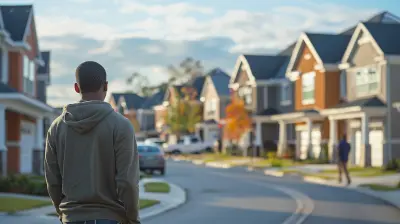
How to Navigate Local Zoning Laws When House Hunting

How to Save on Energy Costs While Living in a Condo

Understanding the Hidden Costs of Homeownership

What Defines a Luxury Real Estate Property?
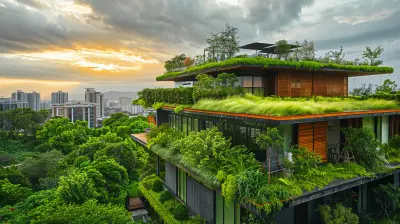
Green Roofs: Benefits and Considerations for Eco-Friendly Living
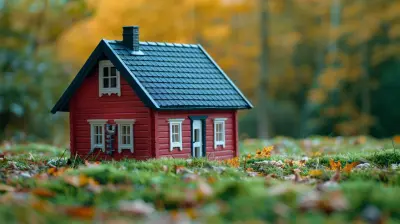
Key Questions to Ask Your Real-Estate Agent Before Making an Offer

Exploring the Effects of Remote Work on the Housing Market
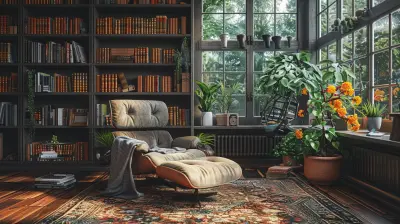
How to Visualize Space While Touring a Home

Is Condo Living Right for You? Key Factors to Consider